Home > Company > Tire Safety > Choosing Tires > Replacement Guidance
The best way to know if it’s time to buy new tires for your vehicle is to have them inspected by a professional, but there are ways to check them yourself. To meet legal safety standards in the U.S., a tire’s tread needs to be at least 2/32” deep. If the tires do not meet the 2/32” standard or are approaching not meeting it, you should replace your tires. When replacing tires, it’s important to select the right tire size for your vehicle. Not sure what size you need? Learn more about determining tire size.
Tires should also be free of sidewall damage and irregular wear for optimal performance and safety. It’s also a good idea to learn what types of damage can be repaired vs. replaced so that you can safely extend the life of your tires.
You can evaluate your tires on your own through a visual inspection. Start with the tread — the part of the tire that contacts the road surface. Make sure the tire tread is deep enough and worn evenly all the way around without any irregularities. All DOT-regulated tires feature built-in treadwear indicators, commonly called “wear bars”, that will help you see when the tread is getting low. These indicators can be found in various places throughout the tread and will be even with the tread surface when the tread is worn to two-thirty seconds (2/32) of an inch. You should also examine each tire’s sidewall to ensure there is no visible damage.
You can also use the Penny Test to check your tire tread. This test can be performed in your own driveway in just a few minutes.
The idea of the penny test is to check whether you’ve hit the 2/32” threshold. Here’s how it works:
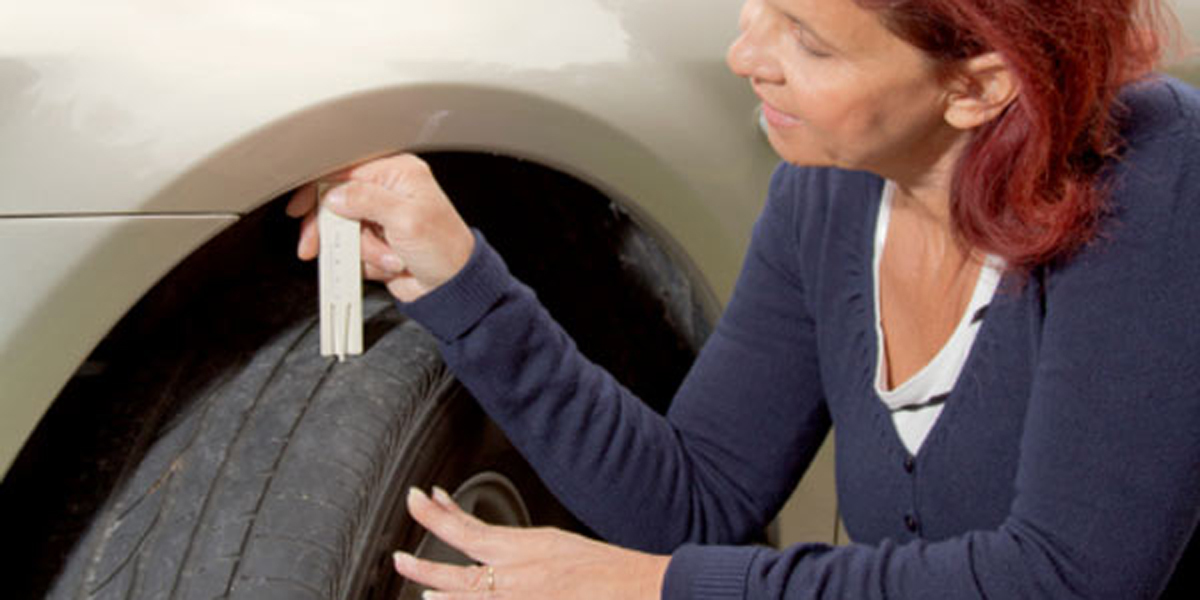
Check all four tires, especially in areas that look the most worn. If any parts of your tire fail the penny test, it may be time to replace the tire.
Consistent wear around the whole tire is normal. Uneven tread wear could be a sign of improper inflation, wheel misalignment, or a variety of other things. If you see uneven tread wear, you should have a technician inspect your vehicle.
If your tires pass these tests, you may not need to buy new tires just yet. It’s a good idea to reassess the tread every few thousand miles, or once a month, and even more often if you’re putting a lot of wear on your vehicle or driving long distances.
No matter how new your tire is, Bridgestone recommends checking inflation pressure every month and scheduling regular inspections with a pro. After five years, an inspection is essential to determine if a tire is still road-worthy.
After five years, an inspection is essential to determine if a tire is still road-worthy.
We recommend tires that were manufactured 10 years prior (or longer) be taken out of service and replaced with new tires. Same goes for the spare. If it’s 10 years old, it needs to be replaced, even if it appears new.
It’s important to note that the age of a tire is not the only indicator of whether it needs to be replaced. Many tires will need to be replaced before 10 years of age due to routine tread wear and other conditions such as punctures, impact damage, improper inflation, overloading and more. If a tire is worn out or otherwise unserviceable from damage or conditions of use, it should be replaced regardless of when it was produced or purchased.
Another common tire-buying question is if it’s necessary to replace all four tires at once. The simple answer is yes. It is recommended to replace all four at once because your tires are key to the performance and handling of your vehicle, it’s important for them to be as identical as possible. If your tires don’t match, one end of your vehicle may not be able to respond as quickly as the other, making it difficult to control. Your tires are what keep your vehicle connected to the road, so having an even surface is vital.
The simple answer is yes. It is recommended to replace all four at once because your tires are key to the performance and handling of your vehicle, it’s important for them to be as identical as possible. If your tires don’t match, one end of your vehicle may not be able to respond as quickly as the other, making it difficult to control. Your tires are what keep your vehicle connected to the road, so having an even surface is vital.
If you are in a situation where you will be replacing fewer than four tires, select tires that are similar to what is currently installed on your vehicle. If you are replacing just two tires, those two tires should only be installed on the rear axle. You should only consider tires that are within the same category as your existing ones.
If you have a vehicle that came equipped with a staggered fitment (different size tires on the front and back) then you should check your vehicle owner’s manual for replacement recommendations.
There are a lot of risks associated with buying used tires. Since you don’t know the history of the tires, it can be difficult to know if they’ve been previously run under inflated, overloaded or have other unseen internal damage which could lead to an unexpected failure. Used tires might also have uneven wear, which can cause noise, vibration or other problems and may need to be replaced much sooner than new tires. It is best to replace tires with new tires of the same category, size, load capacity and speed rating as recommended by your vehicle’s manufacturer.
Since you don’t know the history of the tires, it can be difficult to know if they’ve been previously run under inflated, overloaded or have other unseen internal damage which could lead to an unexpected failure. Used tires might also have uneven wear, which can cause noise, vibration or other problems and may need to be replaced much sooner than new tires. It is best to replace tires with new tires of the same category, size, load capacity and speed rating as recommended by your vehicle’s manufacturer.
When it comes to recalled tires, there is only one position to take. We do not want anyone driving on recalled tires. We are committed to replacing, free of charge, any Bridgestone or Firestone tire (or other brands warranted by Bridgestone) subject to a customer satisfaction, quality and/or safety recall, at any time. The easiest way for consumers to get answers to questions about recalled tires is to call 1-844-293-7514 or locate an authorized Bridgestone or Firestone dealer to examine the tires in question. You can also check current tire recalls online at the National Highway Traffic Safety Administration site.
You can also check current tire recalls online at the National Highway Traffic Safety Administration site.
There’s no reason to guess. Talk to a tire dealer or other authorized professional so you can make certain you’re choosing the best tire option for your vehicle. Find out if tire rotation and balancing are included with your new tires. If they are not, see if you can bundle the maintenance service. Ask the dealer to outline the manufacturer’s warranty and replacement options to make certain your new investment is protected in the long run, and inquire about any specials they may be offering. With these tire-buying tips and some trusted ratings in hand, you should be able to confidently pick out new tires.
Bridgestone consistently strives to connect with drivers through our stores, dealers and media campaigns to raise awareness and educate consumers on safe driving and tire safety.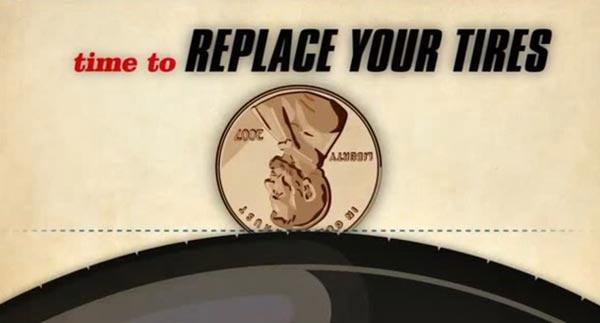 We encourage all consumers to learn all they can about tire safety and why it's important to have their tires, including the spare tire, regularly inspected by a qualified professional.
We encourage all consumers to learn all they can about tire safety and why it's important to have their tires, including the spare tire, regularly inspected by a qualified professional.
Position on Recall Awareness and Tire Age
Bridgestone Americas, Inc.
 bridgestoneamericas.com/safety.com to learn about tire safety and why it’s important to have their tires, including the spare tire, regularly inspected by a qualified professional.
bridgestoneamericas.com/safety.com to learn about tire safety and why it’s important to have their tires, including the spare tire, regularly inspected by a qualified professional.Learn about our mission, our achievements, and our ongoing commitments
Read Our Origin Story
If you’re reading this site, there’s a serious chance that you’re a gearhead. We know the minutiae of the Corvette ZR1’s supercharger and can rhyme off the procedure to activate line-lock in the Mustang GT. Keeping an eye on tire wear, though? That seems mundane in comparison.
We know the minutiae of the Corvette ZR1’s supercharger and can rhyme off the procedure to activate line-lock in the Mustang GT. Keeping an eye on tire wear, though? That seems mundane in comparison.
Folks who have a car simply for commuting necessity may be even further in the dark as to the condition of the rubber on each corner of their family hauler. Gearhead or not, we all have a responsibility to make sure the tires on our vehicles are in good shape. After all, they’re the only thing that actually touches the road.
Technically, a driver is rolling on worn tires the minute they leave the tire shop. The change to a completely worn tire is gradual, sometimes taking years depending a person’s driving habits.
Think of it this way. If a parent sees their child daily, they’re likely not going to realize how much Junior has grown until he’s suddenly too big for the jeans he got for Christmas. It’s only when Nan and Pop appear to say “Look how tall you are!” is the difference realized. Our perception of a tire’s performance is much the same: gradual degradation goes unnoticed until a driver finds him or herself skidding sideways into the weeds.
Our perception of a tire’s performance is much the same: gradual degradation goes unnoticed until a driver finds him or herself skidding sideways into the weeds.
At the risk of providing a response sure to provoke an eye-roll, the answer is “it depends”. The lifespan and amount of distance a driver can get out of a tire is dependent on a combination of factors:
A winter tire will wear more quickly, for example, thanks to its softer compound that plays well in the snow but gives up its life more quickly when pressed into dry pavement. Drivers who accelerate and brake with vigor will find their tires do not last as long as their more sedate roadmates.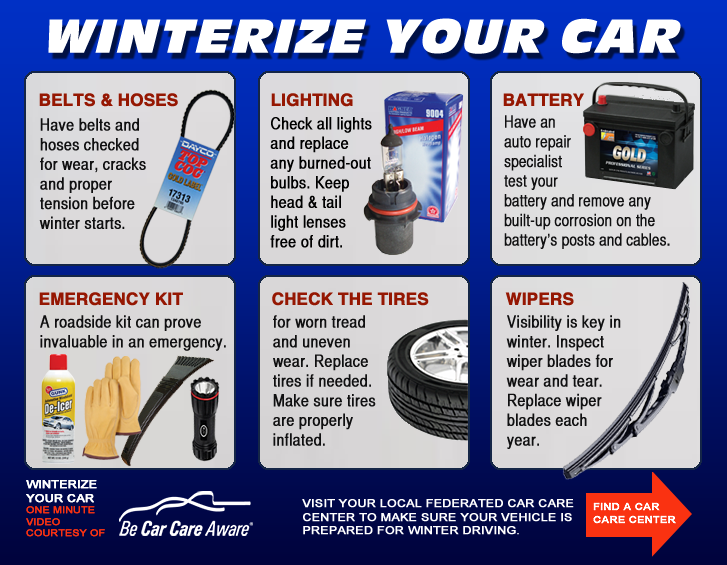
Tough weather is hard on both tires and the road surface, both of which affects a tire’s lifespan. And drivers who never check their tire’s inflation pressure or wheel alignment will find themselves wearing out rubber faster than a kindergarten kid enjoying his new eraser on the first day of school.
It’s important for drivers to give their tire more than a cursory glance at least once every couple of months or before heading out on a long road trip. Here’s what to look for in particular.
Examine the tread on your tires for any sign of uneven or odd wear. Between the tread blocks of all tires are small plain lines of rubber called ‘wear bars’. When these are exposed, a tire’s tread is worn down to the end of its useful life and has significantly less grip than it did when new. Driving on tires with this amount of wear can lead to a sudden loss of traction.
Yes, the tale your grandfather used to tell of using a quarter to determine a tire’s fitness is actually true. Put the edge of the coin into the tread, with the Queen going in head first.
Put the edge of the coin into the tread, with the Queen going in head first.
If the top of the Queen's head is covered by tread, that's good. If the top of her head is entirely visible, it's time to replace the tire. The exact tread measurement for an end of life tire in Canada is 1.6mm.
Troublemakers like nails and stones stuck in the tire should be obvious and taken care of by a professional tire installer as soon as possible.
Pay attention to the “feel” of your tires as you drive. A rough ride may indicate tire damage or excessive wear. If you notice vibrations or other weird disturbances while driving, reduce your speed and drive with caution until you can safely pull off the road and stop.
If a tire is damaged, replace it with your spare (call Roadside Assistance if you’re not able to do this yourself). If you do not see any tire damage and cannot identify the source of the vibration, take the vehicle to a tire dealer for a thorough inspection.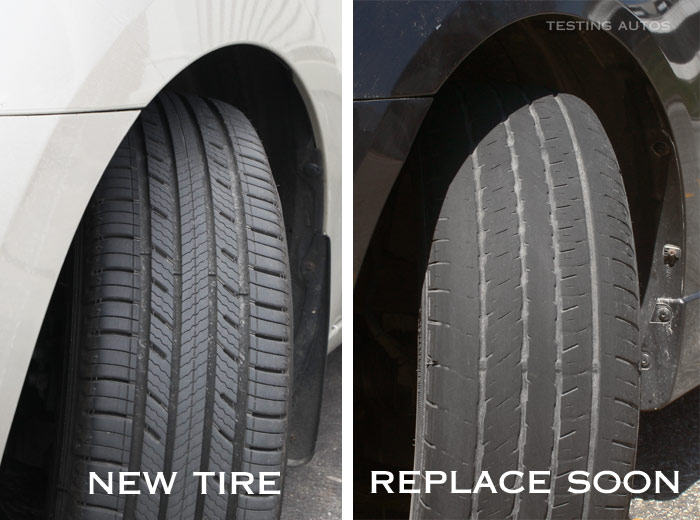
The owner’s manual supplied with your vehicle will list the optimal amount of air that should be in each tire, generally stated in the measure of pounds per square inch and denoted as ‘psi’. A tire pressure gauge will be necessary to perform this task, and its instruction manual will have detailed instructions on how to use it.
Underinflated or overinflated tires can wear down faster than expected, have reduced grip, and can consume more fuel. For best results, check your tire pressure when tires are cool – before driving the car or if it has covered less than 5 kilometres at low speed
Even if all of the above is good-to-go on your set of rubber, make sure your tires aren’t aged to the point of it being a problem. Simply because they were purchased two or three years ago doesn’t mean that’s their actual age.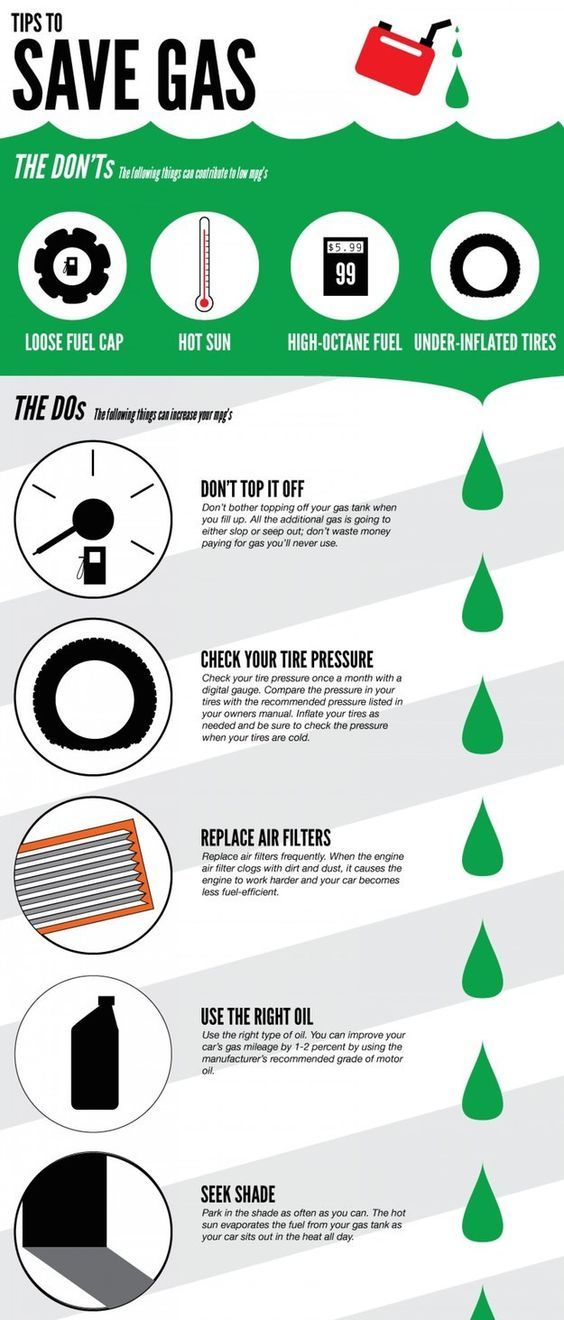
Every tire has a date code, a four-digit number inside an oval stamped on the tire’s sidewall, generally found at the end of a line of numerals starting with “DOT”. The first two numerals describe the week the tire was made, the last two describe the year. For example, 1618 indicates the tire was manufactured on the 16th week of 2018. Many major tire manufacturers recommend replacing tires at the five year mark, even if the tread is deep.
The experts at Quattro Tire.com will be able to get you a new set of tires for whatever vehicle you’re piloting. Best of all they are fully Canadian.
Also Read: 5 Signs That you Might Need to Replace your Tires
Follow Wheels.ca on
Instagram #wheelsca
Living in rural Nova Scotia, Matthew Guy has immersed himself in car culture for over 30 years and relishes the thought of a good road trip.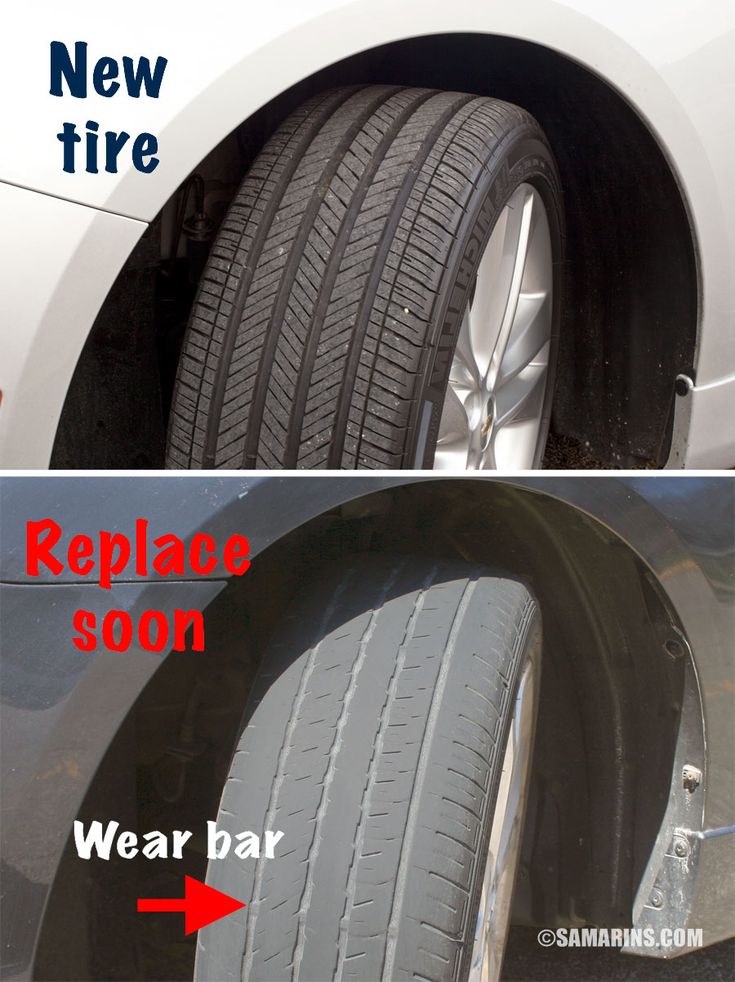 A certified gearhead, he enjoys professionally writing about cars and is very pleased to contribute for wheels.ca.
His work has also appeared on Car Throttle, The Truth About Cars, and in CAA Magazine. Find him on Twitter @matthewkguy
A certified gearhead, he enjoys professionally writing about cars and is very pleased to contribute for wheels.ca.
His work has also appeared on Car Throttle, The Truth About Cars, and in CAA Magazine. Find him on Twitter @matthewkguy
SHARE:
REPORT AN ERROR
JOURNALISTIC STANDARDS
ABOUT WHEELS.CA
In fact, the average life of any tire is 5-7 years, but a lot depends on how the owner treats his car. Aggressive driving, improper seasonal tire storage, unrepaired suspension/balancing problems, incorrect pressure and other errors can significantly shorten tire life. But worn tires can be a serious problem on the road: an increased risk of uncontrolled skidding, hydroplaning, even accidents is the price that drivers and passengers have to pay for using old tires.
Each manufacturer indicates the so-called wear index on the tire profile, which most often looks like the inscription “Treadwear 100” and means a maximum of 48,000 km on a standard road surface (polygon).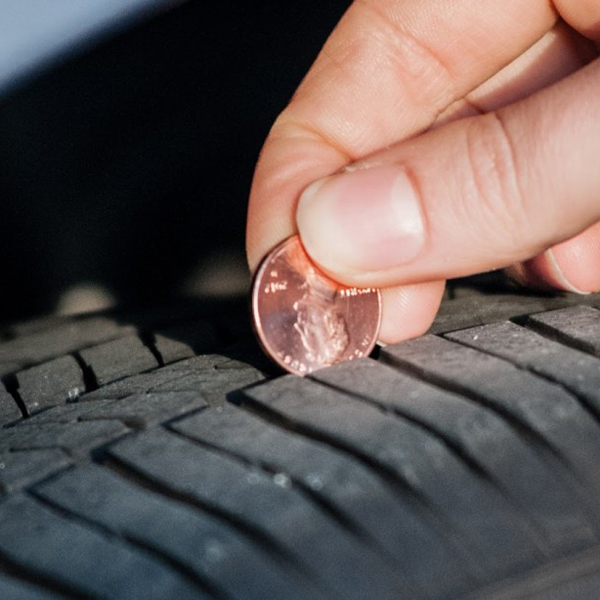 In a real environment and often not the most ideal roads, this number actually needs to be divided by 1.5 - we get 36,000 km.
In a real environment and often not the most ideal roads, this number actually needs to be divided by 1.5 - we get 36,000 km.
By analogy, if the wear resistance index is 150, then this means “factory” 72 thousand km, 200 - 96 thousand km., and so on.
What are the dangers of worn tires on the road:
adhesion to the roadway deteriorates, which leads to an increased likelihood of skidding, accidents, hydroplaning in case of rainy weather;
reduced cross-country ability in off-road conditions;
increases the risk of a tire puncture while driving.
It is also worth remembering that the issue of tire wear is regulated by traffic rules, and you can get a fine for using “bald” rubber. Knowing what maximum tire wear is acceptable, this is easy to avoid: 1.5-2 mm for summer, and 4-5 mm for winter (a more accurate figure is indicated by the manufacturer).
1. According to the wear indicator on the tire. To find this indicator, you need to inspect the side of the tire and find one of the markings: a triangle, a company logo, a snowflake, or the abbreviation TWI. If the tread has worn down to this indicator, it means that the tire needs to be disposed of urgently.
According to the wear indicator on the tire. To find this indicator, you need to inspect the side of the tire and find one of the markings: a triangle, a company logo, a snowflake, or the abbreviation TWI. If the tread has worn down to this indicator, it means that the tire needs to be disposed of urgently.
2. Many people in the old fashioned way prefer to use a 10-kopeck coin. Insert it into the tread with the inscription "10 kopecks" towards you, and if it is visible, the wear level is too high, you need to replace the tire. This method is convenient, but not entirely accurate: by measuring wear in different parts of the tire in this way, it will be difficult to estimate its unevenness by eye, and this is also an extremely important indicator.
3. It is optimal to use a special gauge, depth ruler or caliper for these purposes. This will allow you to measure the wear of the tread in different parts of the tire with an accuracy of up to a millimeter and understand if there is uneven wear.
If measurements show different results in different parts of the tread, it is important to determine exactly how your tires wear in order to understand where and what the operating error is.
If the tread wears more on the sides and the center wears off less, this means that the tire pressure is insufficient and the contact patch with the road is not correct. This leads not only to poor vehicle stability, but also to increased fuel consumption.
If the tread is worn down the middle but the sidewalls are fine, then your tires are overinflated. Sometimes this is done intentionally in order to save fuel, but in this case, the tires will still have to be changed ahead of schedule.
There is also the possibility of increased wear on the inside or outside of the tread - this indicates an incorrect camber. A visual table with wear options and their causes:
Cracks on the sides of tires can indicate frequent off-road driving, improper storage, low-quality rubber or long service life, as well as incorrect tire pressure.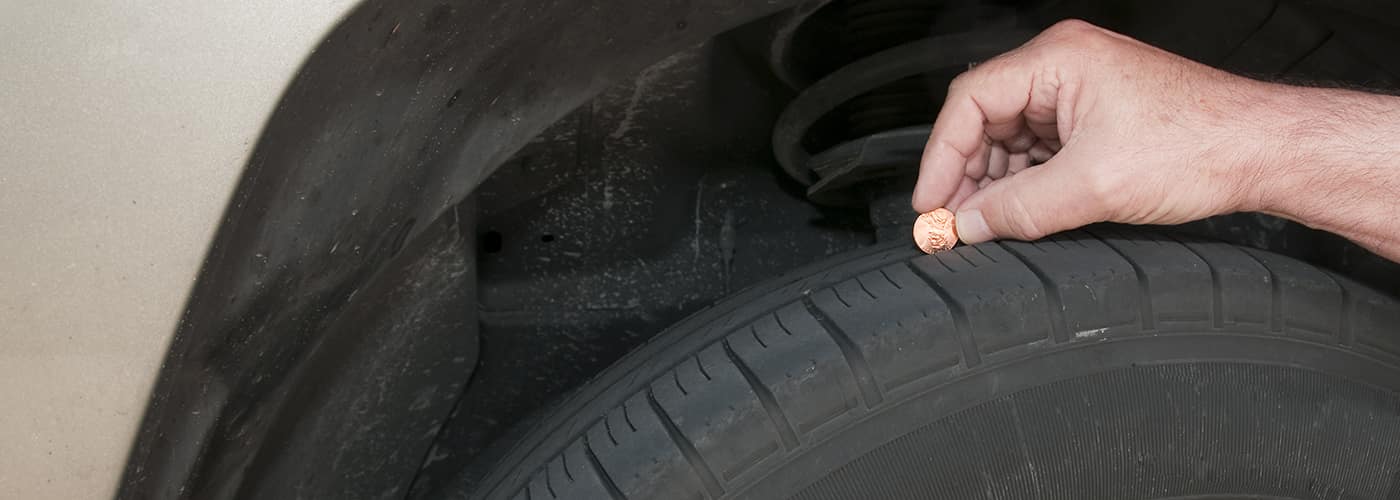
Bulges or "hernias" on the sides of the tires appear as a result of the side part hitting hard obstacles. Tires with such damage are not recommended.
Dents on the tread indicate insufficient depreciation and unadjusted camber. Having found such damage, it is necessary to drive the car to the service and make sure that the suspension is in good condition.
Individual wear spots on the tread indicate aggressive driving / braking, skidding with wheel locks, or prolonged parking of the car in one position.
Most often, this is required for the sale and purchase of used tires in order to orient the buyer in the degree of their wear. Many sellers give this figure at random, but this method has nothing to do with the actual assessment of the degree of tire wear. It is also important to understand that a conditional 50% wear for a summer tire is an acceptable value, while 50% wear of a winter tire tread is a sign that the tire cannot be used.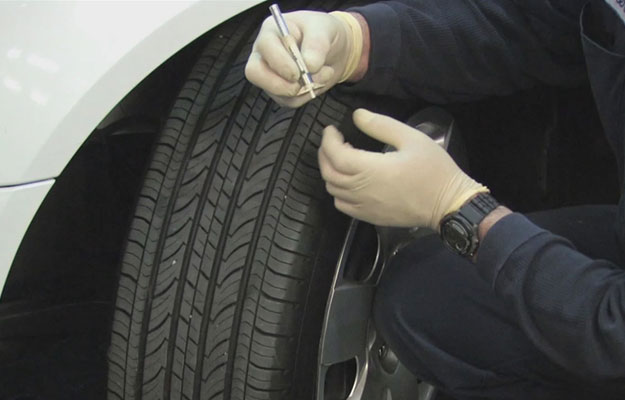 Therefore, it is important to know how to accurately determine the percentage of tire wear so as not to get into an unpleasant situation.
Therefore, it is important to know how to accurately determine the percentage of tire wear so as not to get into an unpleasant situation.
Many people divide the actual tread height by the height of the same, but new tire, and get a certain percentage of wear. This would be correct, if not for one BUT: we cannot physically erase the tread to zero, and the law prohibits the use of tires with a tread below the permitted values.
You can calculate actual tire wear by dividing the difference between the new tire height and the actual tire height by the difference between the new tire tread height and the minimum possible tread height for that tire, and then multiplying this number by 100.
If it is impossible to find out the height of the same, but with a new tire, use the average values of your tire type:
| Tire type | Average tread height at start of use |
| Winter tires with Scandinavian tread | 10 mm |
| Winter with regular or asymmetric tread | 9 mm |
| High-speed winter | 7 mm |
| Summer tires with classic tread | 8 mm |
| Summer speed | 7 mm |
You can check summer tires for wear a little less often than winter tires, since in summer the tread depth is not so important for patency.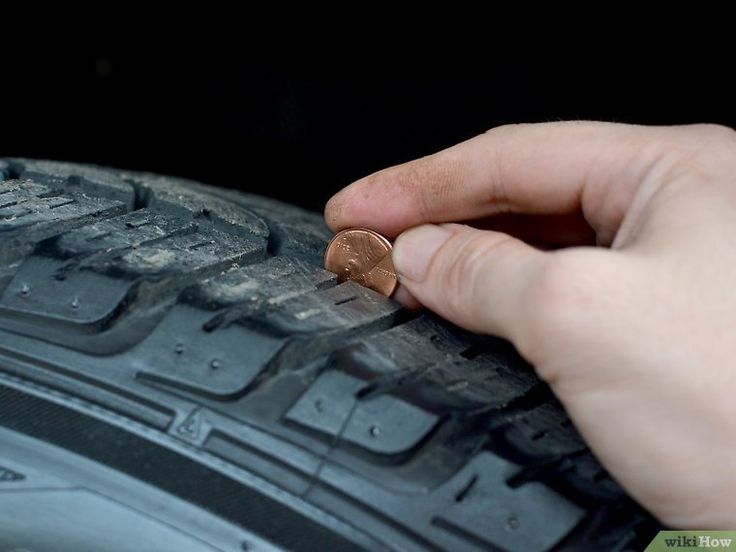
If you have assessed the condition of your tires on all of the above factors and realized that the tires are worn out, be sure to replace them with new ones as soon as possible.
2. Use of tube and tubeless tires
3. Pros and cons of tube tires
6. How to distinguish a tubed tire from a tubeless one?
A couple of decades ago, tube tires ruled the roost and were on almost every car. However, since the 2000s, tubeless tires began to confidently conquer the market, and today it is almost impossible to meet a passenger car on tube tires. What is the main difference between tube and tubeless tires? Why is one better than the other and what are the disadvantages of both? We understand.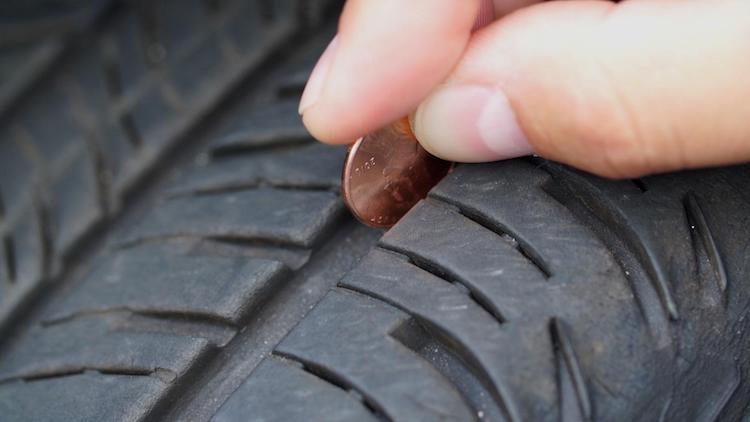
1. Construction of tubeless and tube tires
As is obvious from the name of the tires, their main difference lies in the design itself. The tube tire consists of a tire and a special chamber with a valve, which is inflated with compressed air. The tire is the upper (outer) part of the tire, it comes into contact with the road while driving, has a tread and all the characteristics we are used to. And the chamber is a sealed internal circuit, which is a rubber tube closed by a ring, pumped up with compressed air. The camera is inserted into the tire, and the whole structure, in turn, is put on the disk. Due to this structure, the tire of a tube tire does not fit very tightly to the disk, and the main burden of maintaining pressure in the tire falls on the tube. In turn, the camera does not have great mechanical strength, and therefore needs protection from external influences, punctures and impacts, which is what the tire provides. Such is the symbiosis.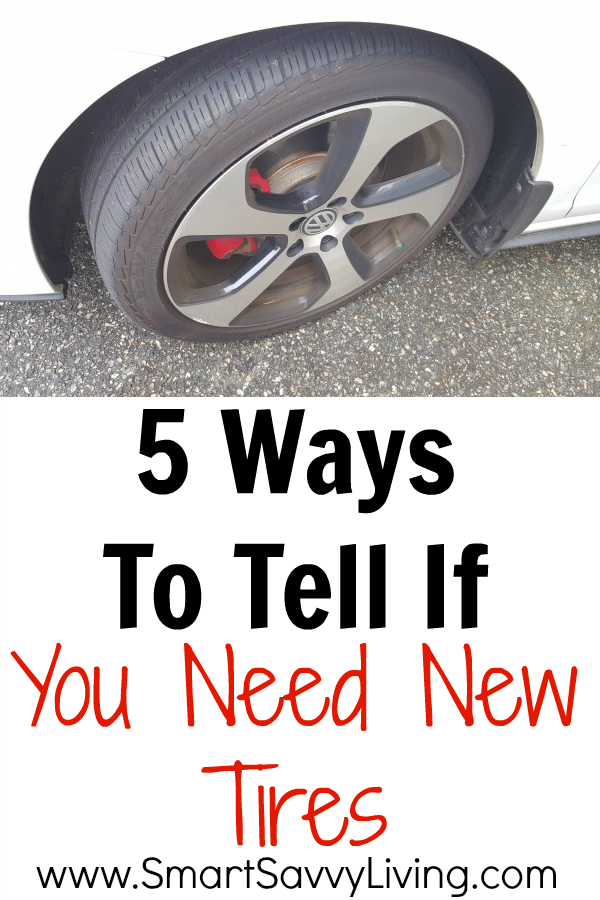
A tubeless tire is both a tire and a tube in itself. The device of a tubeless tire is such that it does not have a separate chamber, its role is played by an internal sealing layer a couple of millimeters thick, which is “welded” to the tire from the inside even at the vulcanization stage. This elastic layer made of a mixture of synthetic and natural rubbers retains compressed air well and at the same time fits snugly to the disc - which is why the device of a tubeless tire does not require any additional internal contours, it is put on directly to the disc. The inner sealing layer also helps with punctures: if a small sharp object (a piece of wire, a nail, etc.) is stuck in the tire, it will get stuck in the inner layer and will not fall out, preventing air from leaking through the puncture.
The tubeless tire device, by the way, requires a more complex disk. In particular, such a disk has special humps - annular protrusions on the landing shelves of the rim, with the help of which tubeless tires are securely fixed.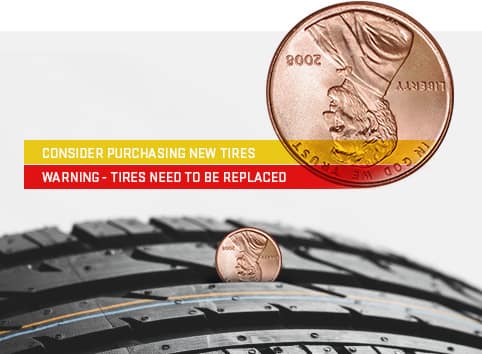 The sides of tubeless tires are sealed with an additional rubber layer, due to which tightness is ensured at the point of landing of the tire on the rim.
The sides of tubeless tires are sealed with an additional rubber layer, due to which tightness is ensured at the point of landing of the tire on the rim.
2. Use of tube and tubeless tires
Tubeless tires have now taken over all cars and many trucks, but there is still a place for tube tires. Tires with a tube are installed on motorcycles, scooters, ATVs, scooters and bicycles - on the so-called spoked wheels, which, as a rule, do not hold a tubeless tire with the required tightness. In addition, tube tires are still used on trucks and light trucks - tubeless tires are just beginning to gain popularity here. Tube tires are also used by some "Old Believers", who consider the main advantage the ability to replace a punctured tube without replacing the tire, as well as the ease of repairing the tube with their own hands.
3. Pros and cons of tube tires
Advantages:
- tube tires are more affordable than tubeless ones;
- in case of lateral damage, it is enough to replace only the punctured tube, and not the entire tire;
- tube tires do not require special disks and can "sit down" on any.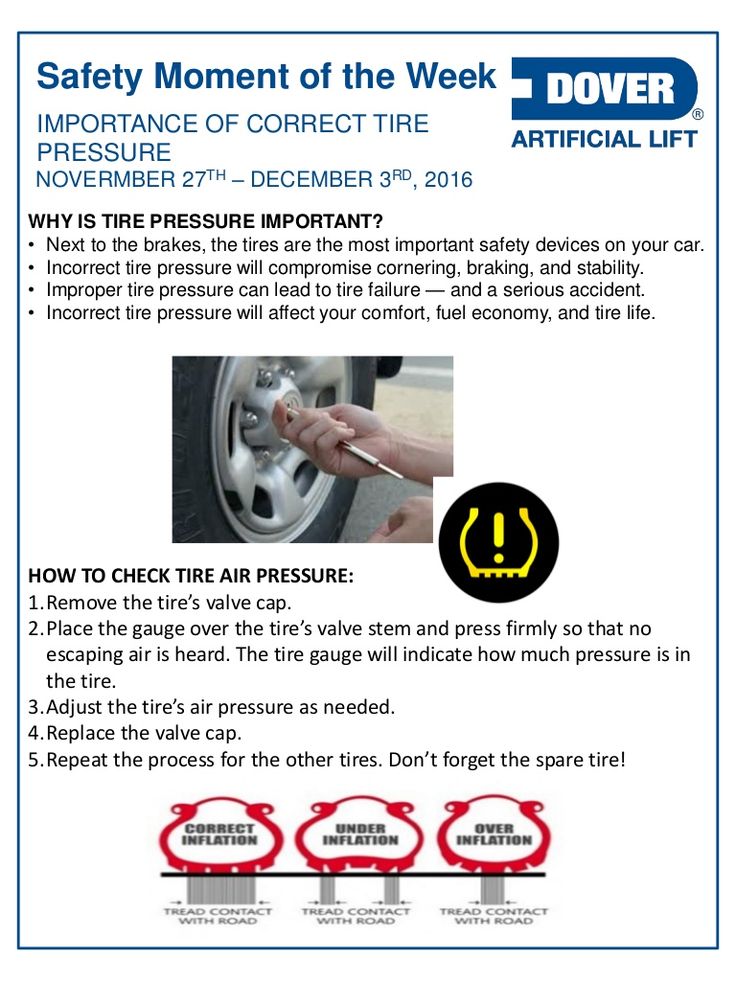
Flaws:
- a tube tire is much heavier than a tubeless one;
- a punctured tube tire will go down almost instantly and will need to be replaced right on the road, it will not work to get to the service station;
- high probability of internal puncture of the chamber by broken or worn cords;
- repair of even small punctures requires disassembly of the wheel.
4. Pros and cons of tubeless tires:
Advantages:
- slow depressurization and the ability to keep normal pressure for a long time after a puncture, which increases traffic safety and allows you to drive on a punctured tire to the place of repair;
- a tubeless tire is much lighter than a tubed one, which reduces the load on the car's suspension;
- tubeless tires are more durable, because they are less prone to overheating, have a stable internal pressure, and also do not suffer from friction of the tube against the tire;
- driving comfort on a tubeless tire is much higher, since its sidewall is softer.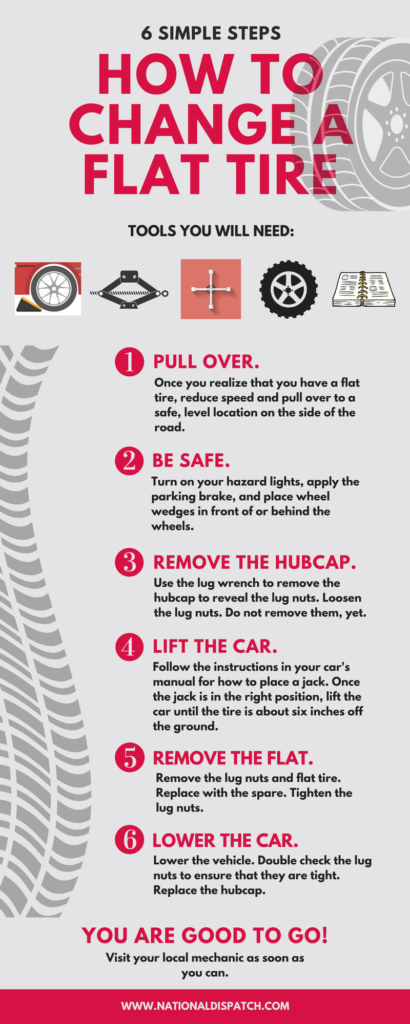
Flaws:
- installation and overhaul of tubeless tires requires complex manipulations, which will be performed only by a specialist using the necessary equipment; independent repair and installation of tires is impossible;
- damage or deformation of the rim at the point of connection with the tire bead will lead to depressurization and deflation of the wheel;
- Riding on a flat tubeless tire is fraught with the destruction of both the sealing layer and the tire as a whole.
5. Installation features for tube and tubeless tires
1. In a tube tire, the size of the tube must necessarily match the size of the tire. Trying to fit a larger tube into a smaller tire will cause wrinkling as the tube fills with air, and any wrinkle is a potential weak spot.
2. A tube is not installed in a tubeless tire. Generally. Even if it's damaged. It would seem that this should increase the strength of the damaged tubeless, but in reality it is simply dangerous.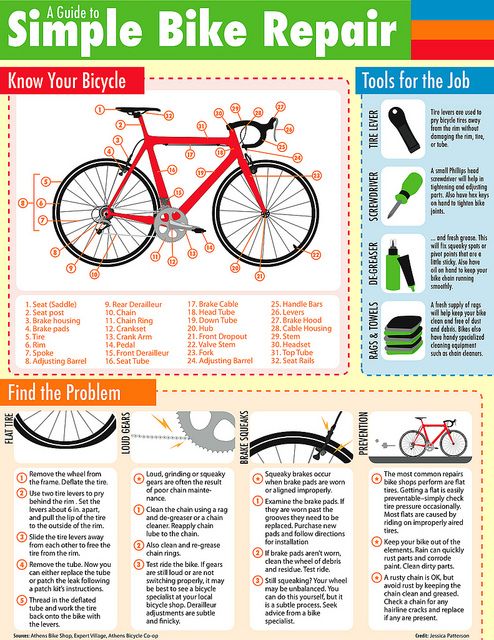 Between the chamber and the sealing layer in a tubeless tire, an air cushion is formed, which can lead to tire damage, especially with a sharp increase in the load on the wheel when cornering and when braking.
Between the chamber and the sealing layer in a tubeless tire, an air cushion is formed, which can lead to tire damage, especially with a sharp increase in the load on the wheel when cornering and when braking.
3. Of course, tires of the same construction must be installed on all four wheels. But that doesn't even need further mention.
6. How to tell a tubeless tire from a tubeless one?
This question often arises among buyers of used cars that are already equipped with tires. How to determine if you got tube or tubeless tires? Doubts may also arise when contacting an unreliable tire fitting: did you install the right rubber? Outwardly, chambered and tubeless tires already placed on disks do not differ from each other - all the difference is hidden inside, but we do not see the insides. Most
The obvious and indisputable way, of course, is to strip the tires: this way you will be able to visually assess the inside of the tire.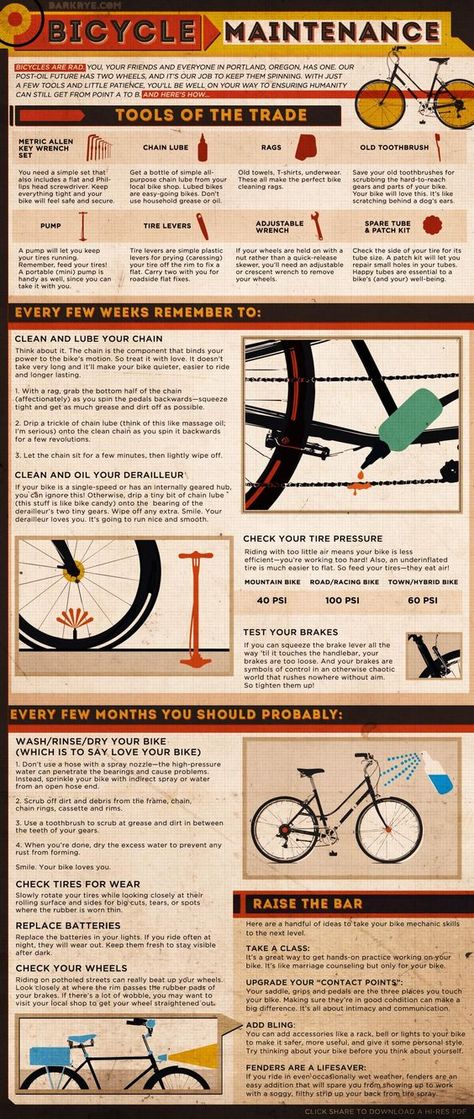
If this option is not suitable, we turn to the markings on the sidewall:
TT - marking tube tires, short for Tube Type - "tube type"
TL or single T - tubeless tire marking, from Tubeless - "without a tube"
The marking option may be doubtful if all the inscriptions on the tires have been erased during use and no longer help to determine whether the tire is tube or tubeless. On very old tires, the Tube Type or TT inscription may be completely absent, since at that time there were no options, all tires were chambered and did not need marking. But do you need such old tires?
The last option on how to distinguish a tubed tire from a tubeless one is to carefully examine the nipple. On a tube tire, it is longer and smoother, on a tubeless tire it is short, with a small bead. If you lower the wheel and try to press in the nipple, then the tubeless tire will not allow it to sink, since the nipple is firmly attached to the surface.